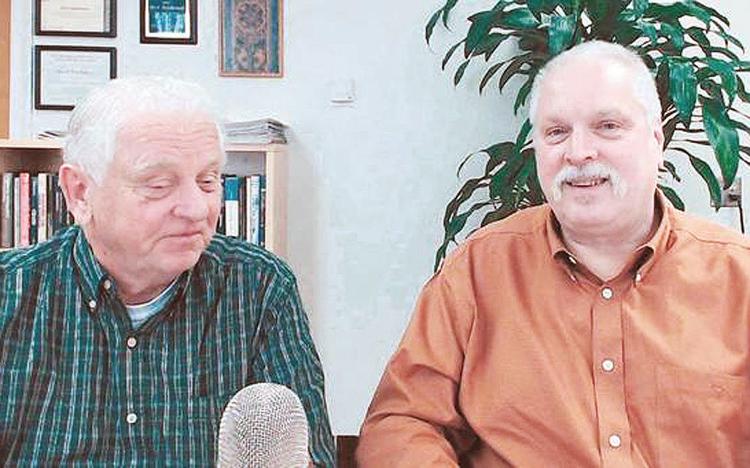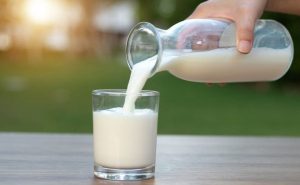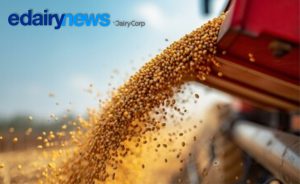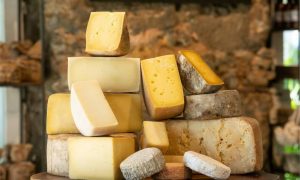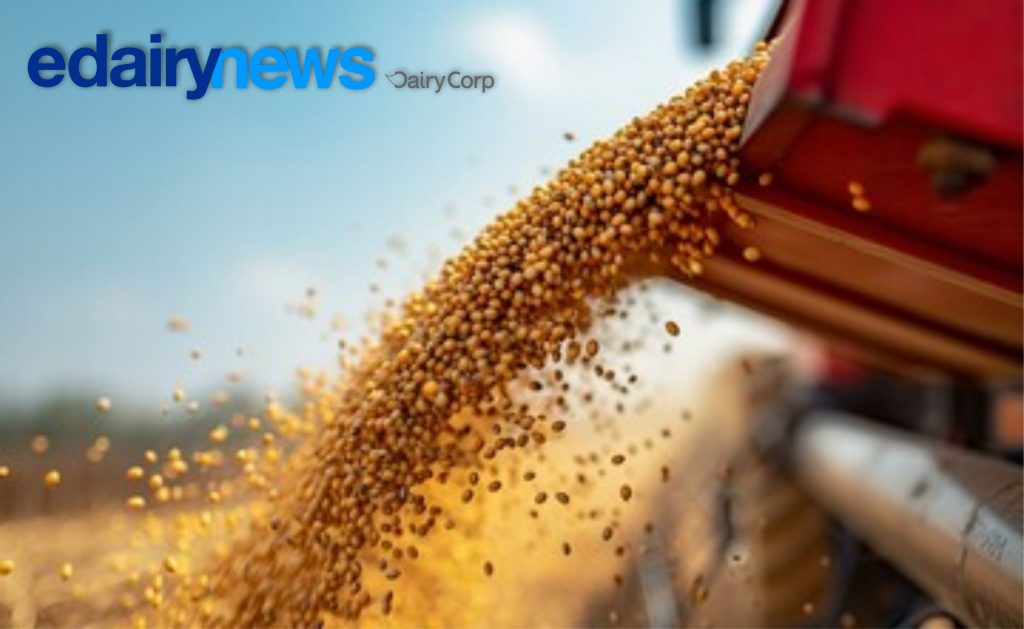“We’ve had more things happening in the dairy industry than I’ve ever seen in my life,” Mark Stephenson, dairy economist with the University of Wisconsin, said in the latest “Dairy Situation and Outlook” podcast.
Restrained milk production in the U.S., New Zealand and the EU should support milk prices and provide opportunity for U.S. exports, he and fellow university economist Bob Cropp said.
The other good news is U.S. butter and cheese stocks have declined, and there should be a drawdown in powder stocks as well.
The U.S. saw some good purchases and exports in June and July on top of record volumes of powder exports in May and cheese exports up 8% year over year, Cropp said.
“We have had some strong exports … and I think we’re going to see a little bit more of that,” Stephenson said.
Some of the export buying when cheese was $1 a pound hasn’t showed up yet in export reports, he said.
Cheese exports ahead, however, could be challenging. Cheese prices have declined from their lofty levels, but they’re still about $1 higher than global prices.
Block cheese prices have come down from the $3 level to about $2.62 a pound and barrel prices are up to about $2.45. But those prices are still high enough to support more than a $24 Class III milk price in July, coming close to the record $24.60 set in September 2014, Cropp said.
With butter and powder prices lower, however, the Class IV milk price has stayed below $14 a hundredweight.
It looks like Class III and IV are going to maintain a pretty big spread for a while, Cropp said.
The futures market has those prices coming together pretty well by the end of the year — in the $16 to $17 range, Stephenson said.
But Cropp thinks the futures market is pretty optimistic on Class III prices in the near term. It has the price staying above $20 in August and September, moving to $19 in October and $18 in November.
Those prices are a little high unless milk production really slows and exports stay strong, he said.
On the flip side, the futures market isn’t too optimistic on the Class IV price, which doesn’t get to $15 until December. He thinks there’s opportunity for some strengthening in powder prices, and butter prices should strengthen with holiday buying.
But no one knows how COVID’s going to play out, Stephenson said.
While people are still buying a substantial amount of dairy through retail, demand isn’t going to get much of a boost until the virus slows down, Cropp said.
But it’s going to be a better year than economists were thinking. Even USDA is now forecasting an average Class III price of $18, up from about $14.50 at one time, he said.

